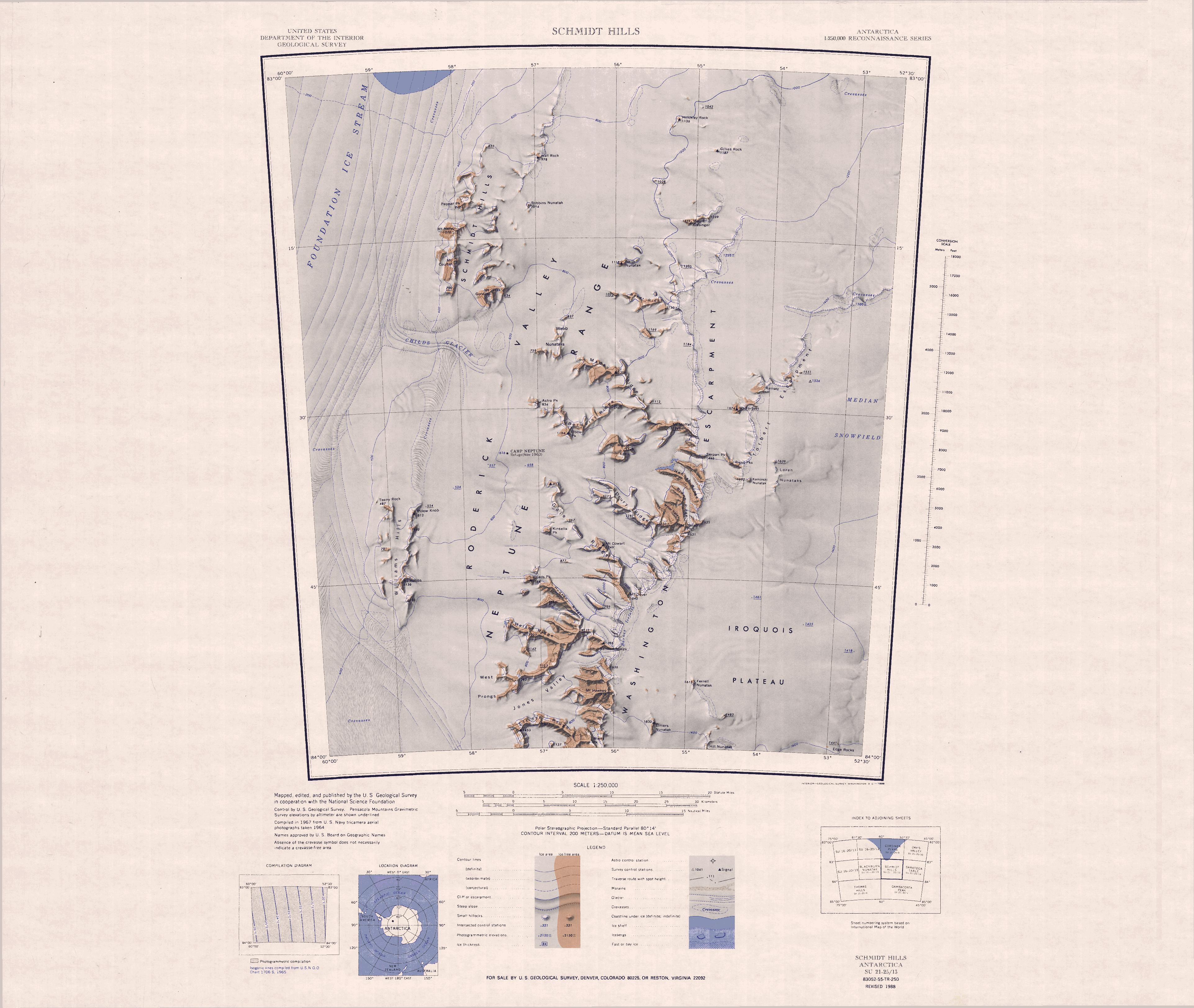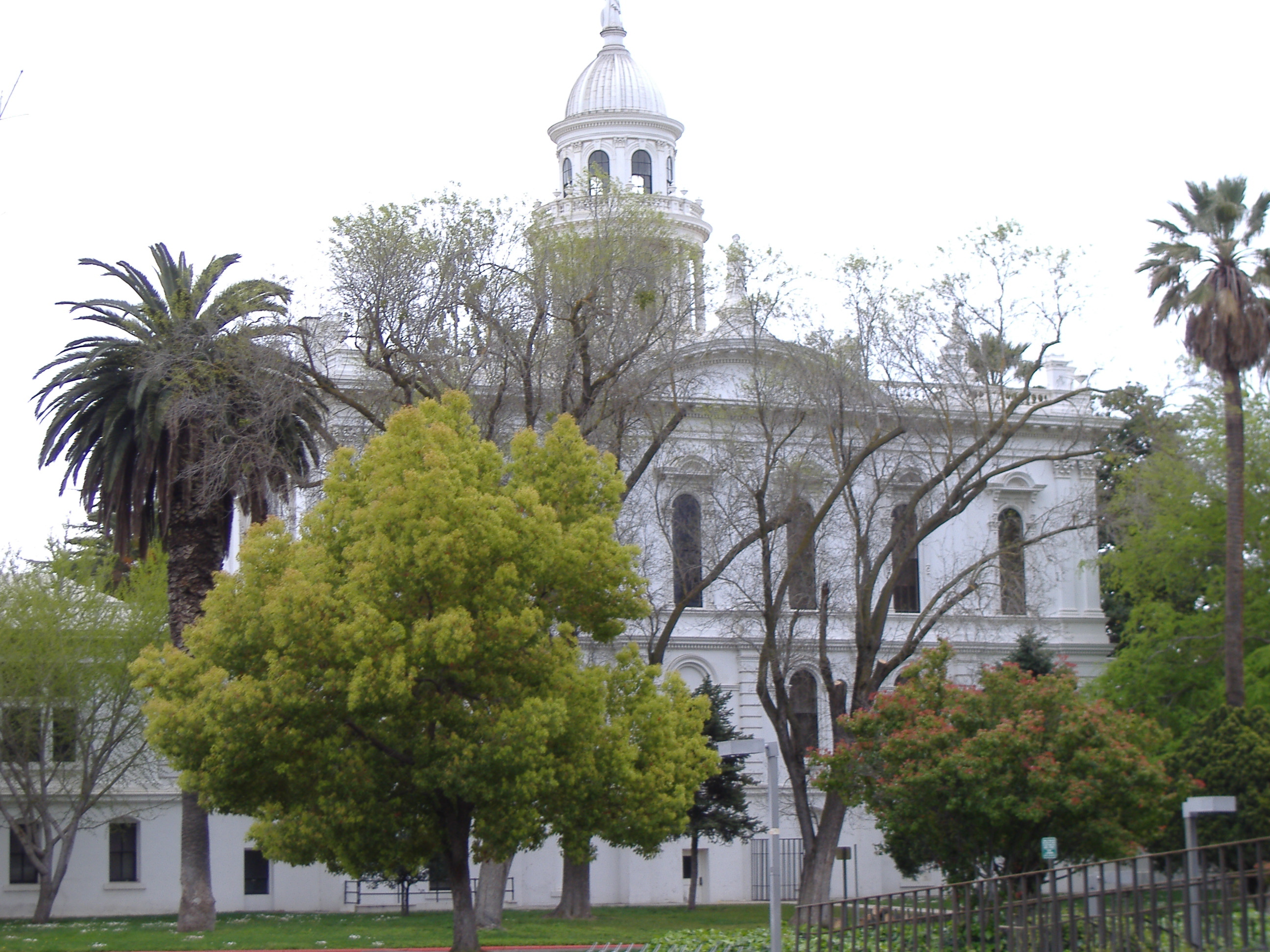|
Rivas Peaks
Rivas Peaks is a line of rock peaks in Antarctica that jut westward for 2 nautical miles (3.7 km) from the south part of Torbert Escarpment in the Neptune Range, Pensacola Mountains. They were mapped by the United States Geological Survey (USGS) from surveys and U.S. Navy air photos from 1956 to 1966. They were named by the Advisory Committee on Antarctic Names (US-ACAN) for Merced G. Rivas, a radioman at Ellsworth Station Ellsworth Scientific Station ( es, Estación Científica Ellsworth, or simply ''Estación Ellsworth'' or ''Base Ellsworth'') was a permanent, all year-round originally American, then Argentine Antarctic scientific research station named after Amer ... during the winter of 1958. Mountains of Queen Elizabeth Land Pensacola Mountains {{QueenElizabethLand-geo-stub ... [...More Info...] [...Related Items...] OR: [Wikipedia] [Google] [Baidu] |
Pensacola Mountains
The Pensacola Mountains are a large group of mountain ranges of the Transantarctic Mountains System, located in the Queen Elizabeth Land region of Antarctica. Geography They extend 450 km (280 mi) in a NE-SW direction. Subranges of the Pensacola Mountains include: Argentina Range, Forrestal Range, Dufek Massif, Cordiner Peaks, Neptune Range, Patuxent Range, Rambo Nunataks and Pecora Escarpment. These mountain units lie astride the extensive Foundation Ice Stream and Support Force Glacier which drain northward to the Ronne Ice Shelf. ;Naming Discovered and photographed on 13 January 1956 in the course of a transcontinental nonstop plane flight by personnel of United States Navy Operation Deep Freeze I from McMurdo Sound to Weddell Sea and return. Named by US-ACAN for the U.S. Naval Air Station, Pensacola, Florida, in commemoration of the historic role of that establishment in training aviators of the U.S. Navy. The mountains were mapped in detail by USGS from surveys ... [...More Info...] [...Related Items...] OR: [Wikipedia] [Google] [Baidu] |
Neptune Range
The Neptune Range is a mountain range, long, lying WSW of Forrestal Range in the central part of the Pensacola Mountains in Antarctica. The range is composed of Washington Escarpment with its associated ridges, valleys and peaks, the Iroquois Plateau, and the Schmidt and Williams Hills. It was discovered and photographed on 13 January 1956 on a US Navy transcontinental plane flight from McMurdo Sound to Weddell Sea and return. Named by US-ACAN after the Navy 2V-2N Neptune aircraft with which this flight was made. The entire Pensacola Mountains were mapped by USGS in 1967 and 1968 from ground surveys and United States Navy tricamera aerial photographs taken in 1964. Key mountains * Astro Peak () is a peak, 835 m, standing 1 mile (1.6 km) off the west end of Berquist Ridge. So named by US-ACAN because the USGS established an astro control station on this peak during the 1965-66 season. * Mount Dasinger () is a mountain, 1,360 m, standing 6 nautical miles (11&nb ... [...More Info...] [...Related Items...] OR: [Wikipedia] [Google] [Baidu] |
Antarctica
Antarctica () is Earth's southernmost and least-populated continent. Situated almost entirely south of the Antarctic Circle and surrounded by the Southern Ocean, it contains the geographic South Pole. Antarctica is the fifth-largest continent, being about 40% larger than Europe, and has an area of . Most of Antarctica is covered by the Antarctic ice sheet, with an average thickness of . Antarctica is, on average, the coldest, driest, and windiest of the continents, and it has the highest average elevation. It is mainly a polar desert, with annual precipitation of over along the coast and far less inland. About 70% of the world's freshwater reserves are frozen in Antarctica, which, if melted, would raise global sea levels by almost . Antarctica holds the record for the lowest measured temperature on Earth, . The coastal regions can reach temperatures over in summer. Native species of animals include mites, nematodes, penguins, seals and tardigrades. Where vegetation o ... [...More Info...] [...Related Items...] OR: [Wikipedia] [Google] [Baidu] |
Torbert Escarpment
Torbert Escarpment () is an escarpment, long, marking the west margin of Median Snowfield in the Neptune Range, Pensacola Mountains, Antarctica. Mapping and name The Torbert Escarpment was mapped by United States Geological Survey (USGS) from surveys and United States Navy air photographs in 1956–66. It was named by the United States Advisory Committee on Antarctic Names (US-ACAN) after Mount Torbert, the salient feature along its edge. Location The Torbert Escarpment faces west in the northeast of the Neptune Range. It runs roughly north–south between the Median Snowfield to the east, and the north end of the Washington Escarpment to the west. Festures include, from south to north, Rivas Peaks, Mount Torbert and Ramsey Cliff. Nearby features to the east include Kaminski Nunatak, Loren Nunataks and Median Snowfield. Features Features and nearby features include: Kaminski Nunatak . A cone-shaped nunatak southeast of Rivas Peaks. Named by US-ACAN for Francis Kaminski ... [...More Info...] [...Related Items...] OR: [Wikipedia] [Google] [Baidu] |
United States Geological Survey
The United States Geological Survey (USGS), formerly simply known as the Geological Survey, is a scientific agency of the United States government. The scientists of the USGS study the landscape of the United States, its natural resources, and the natural hazards that threaten it. The organization's work spans the disciplines of biology, geography, geology, and hydrology. The USGS is a fact-finding research organization with no regulatory responsibility. The agency was founded on March 3, 1879. The USGS is a bureau of the United States Department of the Interior; it is that department's sole scientific agency. The USGS employs approximately 8,670 people and is headquartered in Reston, Virginia. The USGS also has major offices near Lakewood, Colorado, at the Denver Federal Center, and Menlo Park, California. The current motto of the USGS, in use since August 1997, is "science for a changing world". The agency's previous slogan, adopted on the occasion of its hundredt ... [...More Info...] [...Related Items...] OR: [Wikipedia] [Google] [Baidu] |
Advisory Committee On Antarctic Names
The Advisory Committee on Antarctic Names (ACAN or US-ACAN) is an advisory committee of the United States Board on Geographic Names responsible for recommending commemorative names for features in Antarctica. History The committee was established in 1943 as the Special Committee on Antarctic Names (SCAN). It became the Advisory Committee on Antarctic Names in 1947. Fred G. Alberts was Secretary of the Committee from 1949 to 1980. By 1959, a structured nomenclature was reached, allowing for further exploration, structured mapping of the region and a unique naming system. A 1990 ACAN gazeeter of Antarctica listed 16,000 names. Description The United States does not recognise territorial boundaries within Antarctica, so ACAN assigns names to features anywhere within the continent, in consultation with other national nomenclature bodies where appropriate, as defined by the Antarctic Treaty System. The research and staff support for the ACAN is provided by the United States Geologi ... [...More Info...] [...Related Items...] OR: [Wikipedia] [Google] [Baidu] |
Merced G
Merced (; Spanish for "Mercy") is a city in, and the county seat of, Merced County, California, United States, in the San Joaquin Valley. As of the 2020 Census, the city had a population of 86,333, up from 78,958 in 2010. Incorporated on April 1, 1889, Merced is a charter city that operates under a council–manager government. It is named after the Merced River, which flows nearby. Merced, known as the "Gateway to Yosemite", is less than two hours by automobile from Yosemite National Park to the east and Monterey Bay, the Pacific Ocean, and multiple beaches to the west. The community is served by the passenger rail service Amtrak, a minor, heavily subsidized airline through Merced Regional Airport, and three bus lines. It is approximately from Sacramento, from San Francisco, from Fresno, and from Los Angeles. In 2005, the city became home to the 10th University of California campus, University of California, Merced (UC Merced), the first research university built in the U.S ... [...More Info...] [...Related Items...] OR: [Wikipedia] [Google] [Baidu] |
Ellsworth Station
Ellsworth Scientific Station ( es, Estación Científica Ellsworth, or simply ''Estación Ellsworth'' or ''Base Ellsworth'') was a permanent, all year-round originally American, then Argentine Antarctic scientific research station named after American polar explorer Lincoln Ellsworth. It was located on Gould Bay, on the Filchner Ice Shelf. It was shut down in 1962 over safety concerns due to it being built on increasingly unstable ice, which produced fast deterioration of its superstructures and endangered both personnel and equipment. History Ellsworth Station was built by United States Navy Seabees under the command of Captain Finn Ronne, with the support of the icebreakers USS ''Staten Island'' and USS ''Wyandot'', captained by Francis Gambacorta. The originally planned site for the station was Cape Adams, but when the terrain proved impractical due to huge ice cliffs, an alternate location on Gould Bay was selected, on the western coast of the Weddell Sea over the Filchner ... [...More Info...] [...Related Items...] OR: [Wikipedia] [Google] [Baidu] |
Mountains Of Queen Elizabeth Land
A mountain is an elevated portion of the Earth's crust, generally with steep sides that show significant exposed bedrock. Although definitions vary, a mountain may differ from a plateau in having a limited summit area, and is usually higher than a hill, typically rising at least 300 metres (1,000 feet) above the surrounding land. A few mountains are isolated summits, but most occur in mountain ranges. Mountains are formed through tectonic forces, erosion, or volcanism, which act on time scales of up to tens of millions of years. Once mountain building ceases, mountains are slowly leveled through the action of weathering, through slumping and other forms of mass wasting, as well as through erosion by rivers and glaciers. High elevations on mountains produce colder climates than at sea level at similar latitude. These colder climates strongly affect the ecosystems of mountains: different elevations have different plants and animals. Because of the less hospitable terrain and ... [...More Info...] [...Related Items...] OR: [Wikipedia] [Google] [Baidu] |




